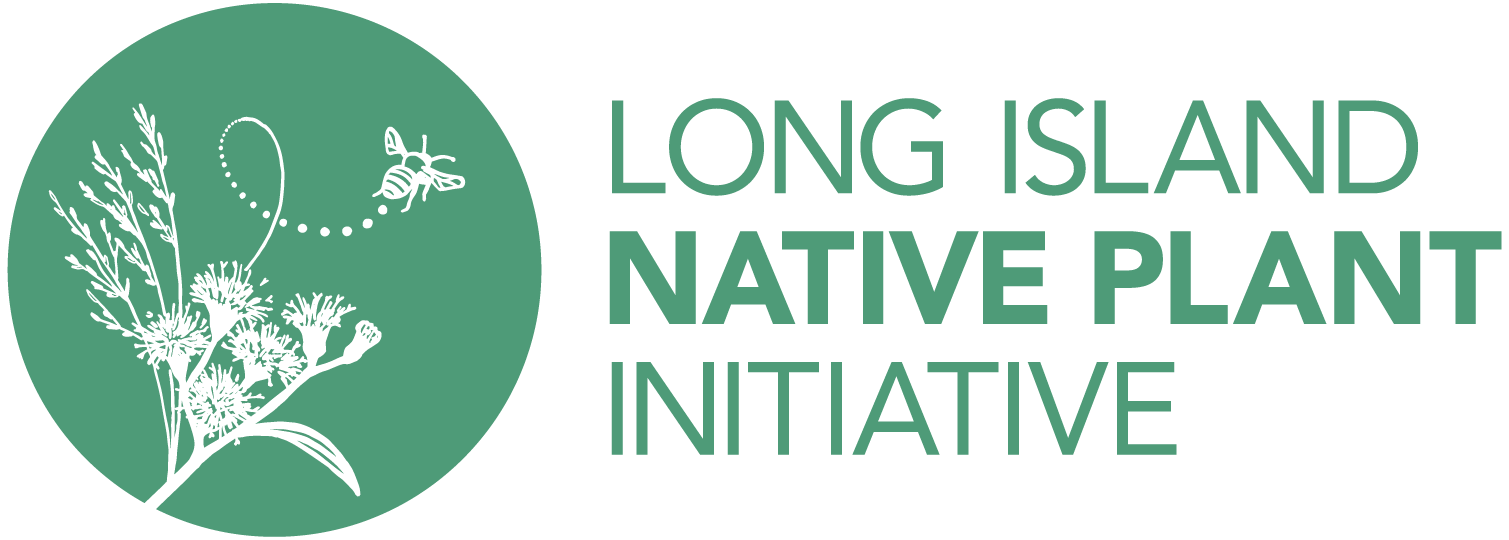Blue-stemmed Goldenrod gets its name from the stem having a dark, blue tone in mature plants. This goldenrod is a woodland species, tolerating shade. It forms attractive loose clumps with arching stems and long, thin leaves. Small clusters of bright yellow flowers form in the leaf axils for about half the stem's length.
